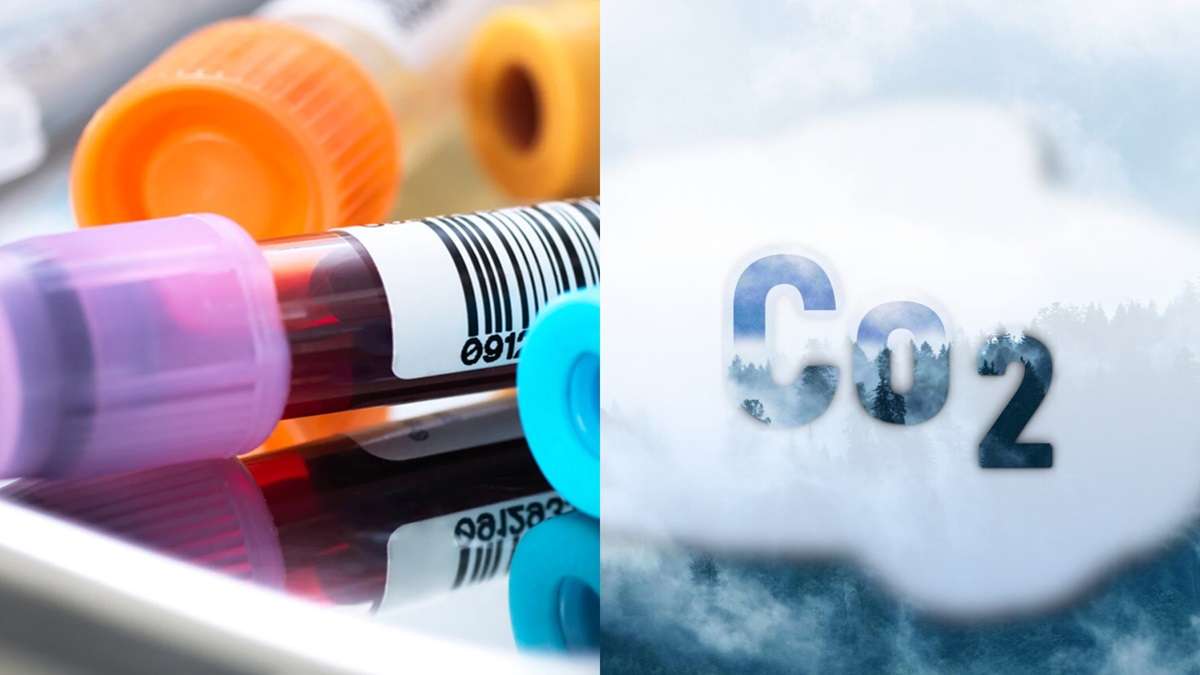
Elevations of blood carbon dioxide (CO2) can be harmful to your health and overall wellbeing. It’s critical to fix this imbalance as soon as possible to avoid symptoms like exhaustion, dizziness, and shortness of breath. We’ll look at practical methods and lifestyle adjustments in this article to help you lower your CO2 levels and improve your breathing.
Knowing About Carbon Dioxide and Its Impacts
A normal consequence of biological metabolism is carbon dioxide. On the other hand, hypercapnia—an excessive accumulation of CO2 in the blood—can be brought on by a number of situations, including respiratory illnesses, insufficient ventilation, and ambient variables.
The following are signs of increased CO2 levels:
- Hyperventilation
- Headaches
- Fatigue
- Twitching of the muscles
- Lightheadedness
- Confusion, and
- Lack of breath
Step 1: Let There Be More Airflow
Adequate ventilation is essential to replenish oxygen levels and eliminate surplus CO2 from the body. Make sure your living and working spaces have adequate ventilation by opening windows, operating fans, or installing air purifiers. Deep breathing exercises are a good way to increase lung capacity and efficiency.
Read Also: How to start snail farming at home in 2024
Step 2: Maintain Proper Posture
You might be surprised to hear that posture has a big impact on how well your breathing functions. CO2 retention may be the result of breathing constraints and lung constriction brought on by bad posture. Adopt proper postural habits, such as sitting up straight, keeping your shoulders back, and keeping your head up, to maximize lung expansion and ventilation.
Step 3: Continue Being Engaged
Engaging in regular physical activity enhances lung function and efficiency while also fortifying your cardiovascular system. Take part in cardiovascular workouts such as cycling, swimming, jogging, or walking to improve your ability to absorb oxygen and expel CO2. On most days of the week, you should try to get in at least 30 minutes of moderate-intensity exercise.
Step 4: Work on Your Breathing Methods
A few breathing exercises can lower CO2 levels while fostering calmness and wellbeing. Try diaphragmatic breathing, sometimes referred to as belly breathing, which involves taking a deep inhale with your nose, letting your abdomen expand, and then gently releasing the breath through your mouth. This method promotes complete oxygen exchange and effective CO2 removal.
Step 5: Keep an Eye on Your surroundings
CO2 retention can be made worse by environmental variables such allergies, respiratory irritants, and indoor air pollution. Reduce your exposure to toxins like dust, chemicals, and tobacco smoke by keeping your living areas clean, well-ventilated, and free of contaminants. To enhance the quality of indoor air, think about implementing filtration systems or air purifiers.
Step 6: Continue to drink water
For the best possible respiratory function and CO2 removal, proper hydration is crucial. To maintain mucous membranes hydrated and to promote effective gas exchange in the lungs, drink lots of water throughout the day. Steer clear of excessive alcohol and caffeine intake since these substances might exacerbate respiratory depression and dehydration.
Step 7: Handle Your Stress
Prolonged anxiety and stress can exacerbate CO2 retention and cause shallow breathing patterns. To encourage deep, diaphragmatic breathing and release tension, try stress-reduction methods like progressive muscle relaxation, yoga, tai chi, meditation, or yoga. You should make self-care activities that enhance relaxation and general well-being a priority.
Step 8: Speak with a Medical Expert
You must consult a doctor right away if you have ongoing symptoms of elevated CO2 levels or underlying respiratory problems. A medical practitioner can assess your respiratory function and identify the underlying cause of your symptoms by doing diagnostic tests such arterial blood gas analysis, pulmonary function testing, or chest imaging.
In summary
Reducing elevated blood carbon dioxide levels is crucial to preserving good respiratory health and general well-being. You can increase lung function, facilitate easier breathing, and improve ventilation by implementing these measures into your everyday routine and lifestyle. Remember to consult a healthcare professional if you have concerns about your respiratory health or experience persistent symptoms. With proactive management and lifestyle modifications, you can take control of your respiratory health and enjoy a higher quality of life.








